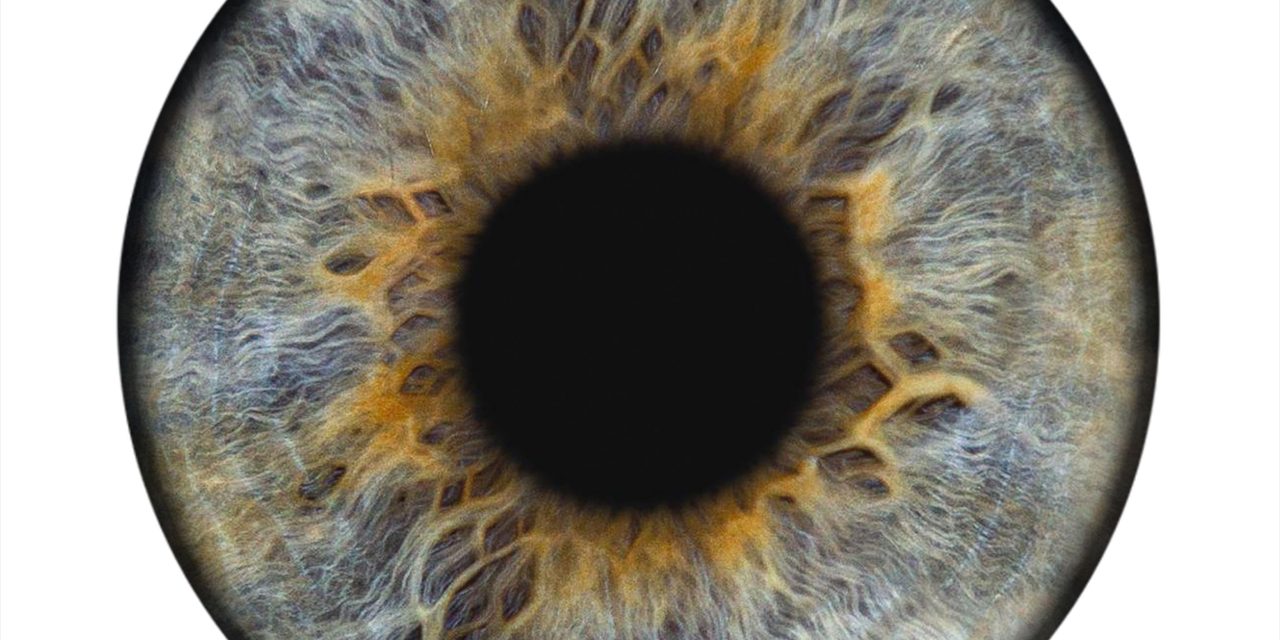Evaluation of the demographic profile, clinical features, topographic, biomechanical and aberrometric characteristics in pediatric keratoconus (KC).
Cross-sectional study METHODS: Cases with KC aged <18 years were evaluated at a tertiary hospital. The main outcome measures were demographic profile, clinical features, visual acuity, corneal topography, aberrometry, biomechanical and confocal microscopy findings.
116 eyes of 62 consecutive patients were recruited with mean age of participants as 14.7±2.77 (range: 8-18) years (46/62; 88% males). 92% (57/62) cases had bilateral disease, 46% (53/116) eyes had progressive KC, and 8% (9/116) eyes had acute hydrops. Systemic associations were in 9.7% (6/62) patients and ocular associations in 66.3% eyes (77/116). 58.6% (68/116) of eyes had associated vernal keratoconjunctivitis (VKC). Among eyes with VKC, 46% (29/68) were in stage IV KC, versus 25% in eyes with no VKC (p=0.004). The mean refractive spherical equivalent (MRSE) was -4.72 ± 3.32 diopters (D) and refractive astigmatism was 3.69 ± 3.09 D. The mean values of maximum keratometry, thinnest pachymetry and corneal higher order aberrations were 60.89 ± 10.9 D, 396.05 ± 95.03 μm and 1.18±1.2 μm respectively. The values of corneal hysteresis (CH) and corneal resistance factor (CRF) correlated with stage of KC (r=-0.26, p=0.007).
Pediatric KC was commonly associated with VKC in this cohort. Eyes with VKC had more severe KC compared to those without VKC. Nearly half of the patients presented with progressive disease. Corneal biomechanical changes correlated well with stage of KC in pediatric age group.
Copyright © 2020. Published by Elsevier Inc.
Pediatric Keratoconus: Topographic, Biomechanical and Aberrometric Characteristics.


